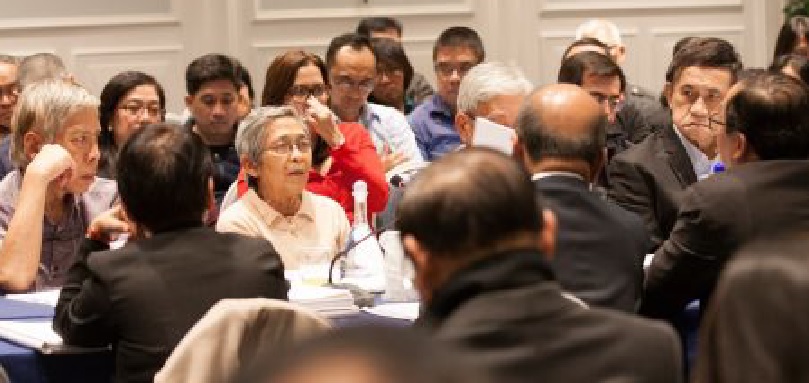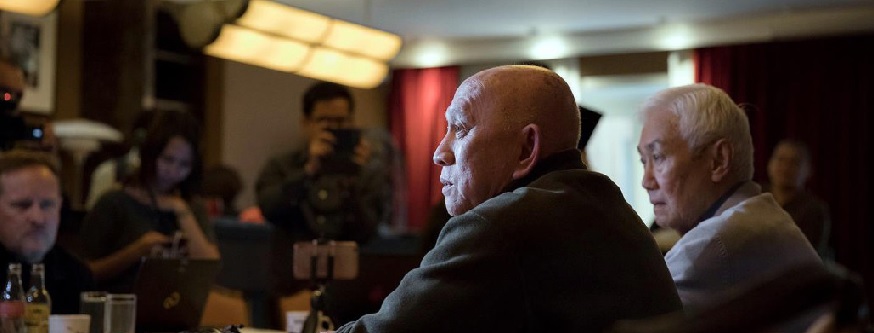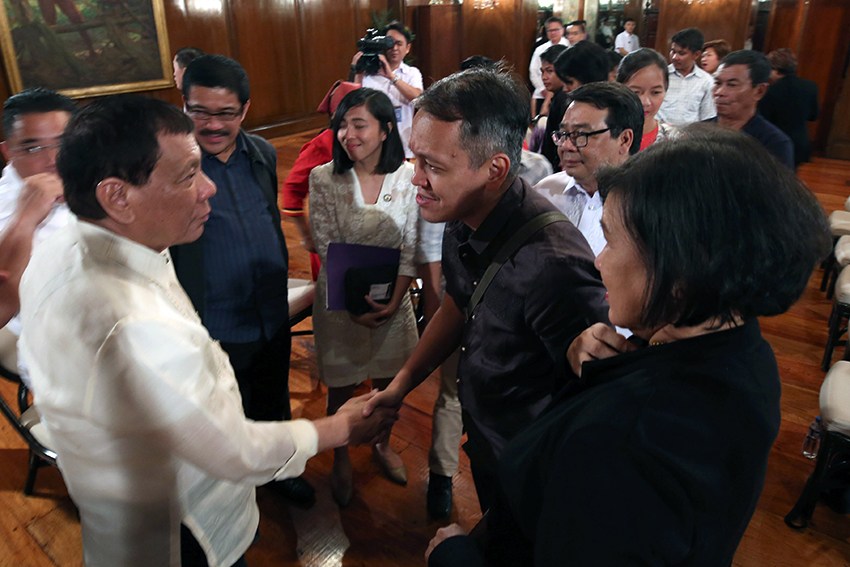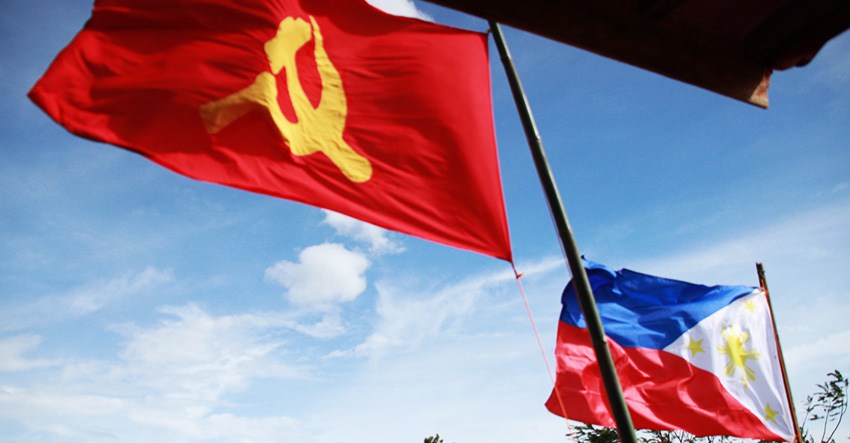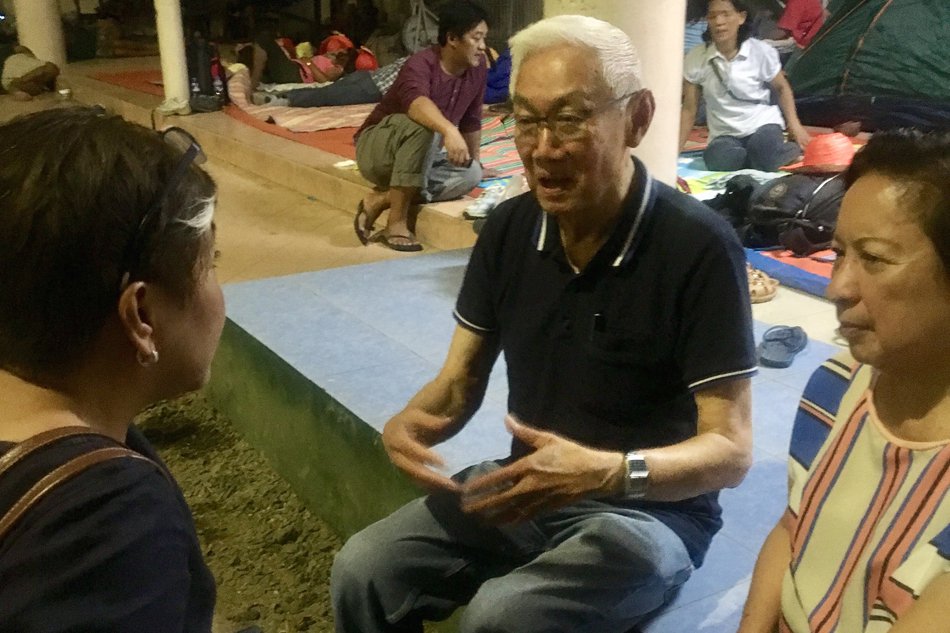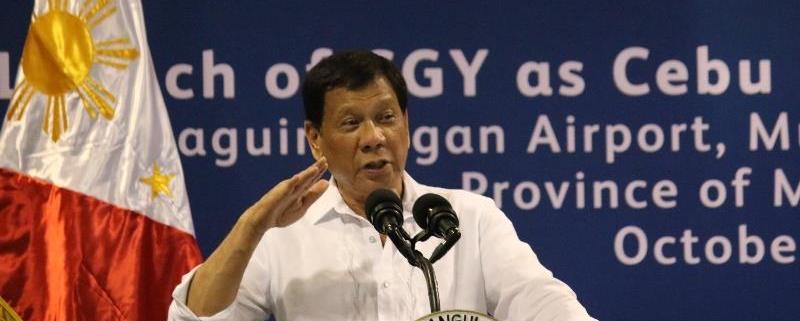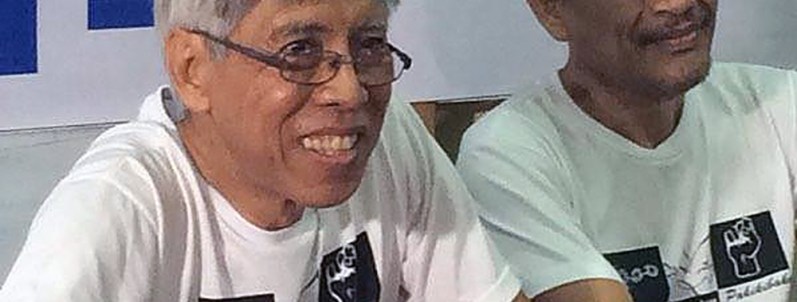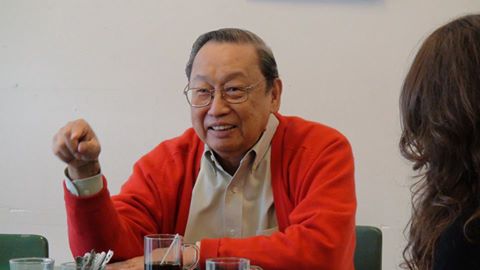
IBON Foundation
For the National Union of Peoples’ Lawyers (NUPL) 10th Anniversary Commemoration
September 16, 2017
Can peace be negotiated? In general, yes of course it can.
But to be more specific, can the steps to solving the roots of armed conflict be negotiated? Again, yes — which is not to say it will be easy. And after the talking the doing is another thing entirely.
Unpeace
It’s well-established that poverty, exploitation and oppression are the conditions that give rise to armed conflict. These conditions of course don’t fall from the sky and, especially in the modern era of the nation state, are the result of economic policies — meaning the whole superstructure of economic programs and laws. This superstructure is the product of tremendous effort over many decades. This has involved countless transactions by and between politicians, technocrats, oligarchs, landlords, foreign capital, foreign governments, multilateral agencies, and even the academe and civil society. There is so much lobbying, so many elections bought, so much technical work done, and also so many court decisions made. And also so much repression.
These economic policies are political choices by the government. They are arguably among the most political choices that the government makes because these are decisions about who gets what, when, and how — and so are decisions about how political power is used to create, keep, and concentrate wealth.
Choices
So the question at hand is: would peace talks of the Government of the Republic of the Philippines (GRP) with the National Democratic Front of the Philippines (NDFP) or the Moro Islamic Liberation Front (MILF) or whoever else be able to change those political choices? In principle, yes, but certainly not in themselves. At the negotiating table, how far can the GRP go beyond the social basis, political system, and class structure that resulted in those political choices to begin with?
Clearly, not very far. History has shown that the central task of the GRP is to protect the property and interests of the country’s elites and of the foreign powers that have such economic and geopolitical stakes in the Philippines.
This doesn’t change when they’re at the negotiating table for instance with the NDFP. More than seeking a just and lasting peace, their overriding mandate is just to protect the status quo that war disturbs. Yet in the case of the NDFP, people’s war doesn’t just disturb the status quo but challenges the status quo towards changing this for the better.
The absolute key to this is to change the parameters of those political choices. More specifically, it’s to change the political boundaries defining those economic policies.
The most potent challenge to the status quo is of course people’s war. It’s people’s war that brought the GRP to the table and, above and beyond this, it’s people’s war that will force the GRP to make concessions beyond the status quo. This is why the best kind of peace talks where the greatest gains can be made are those that are held on the threshold of an overthrow of the reactionary system.
But the country is not there yet and while the Philippine ruling system is challenged and shaken it remains in place.
Change
What social and economic reforms are then possible under current circumstances while such as the people’s war still strengthens and develops? What’s possible from the table and what’s possible outside this?
It’s always nice to have a friendly, open, or even progressive government or head of state. One that isn’t fascist, authoritarian, anti-poor, pro-rich, and pro-imperialist. But while any reform measures they give would be welcome it is unclear how much they can really give. Whatever these is will just be akin to a bonus.
For real change, it’s the mass movement that’s critical both when there are talks and also when there are no talks. It is critical for how much can be achieved over the table with peace negotiations, and for what will be achieved even when there is no one willing to negotiate. The stronger the challenge from the streets and the countryside then the greater the leverage of peace negotiators to achieve commitments beyond what the reactionary system willingly gives.
The Filipino people have long challenged the unjust social and economic system. Take for instance the Lakbayan ng Pambansang Minorya of the national minorities alliance Sandugo currently encamped in the University of the Philippines (UP) Diliman. The national minorities defend their communities against militarization and corporate plunder while also denouncing the Duterte administration’s rising fascism and United States (US) imperialist intervention.
They are an excellent example from among countless examples of the mass movement challenging the status quo in each and all of its reactionary aspects. Peasants struggling for land, workers for work and wages, youth for education, urban poor for housing, and more. All supporting each other and all seeking national industrialization and sovereign, democratic and sustainable development. All come together into among the most formidable forces for positive change in the country.
The mass movement is the bearer of demands for socioeconomic reforms, the defender of the people’s rights and welfare especially against the armed might of the state, and the organized force of the working class and the people in the struggle for radical social and economic change.
Because the mass movement is a vital expression of the political power of the people.
Progress
And such political power of the people is essential to pressing the social and economic reforms the country so urgently needs. If the reactionary state and ruling classes were willing to give this peaceably then there wouldn’t be armed conflict and peace talks to begin with.
The transformations needed in the economy are certainly radical from the point of view of the ruling elites. These elites will do everything they can to protect the income, wealth, and privileges they have spent decades amassing. But from the point of view of the people such transformations are all eminently rational. What are the key elements for this transformation? The NDFP’s proposal for a comprehensive agreement on social and economic reforms distills the hopes and aspirations of the people.
First, redistribution of property and fair division of income. This means real agrarian reform that distributes land to farmers for free and nationalization and Filipinization of the economy as needed. It also means higher wages and progressive taxes especially on the super-rich. And more.
Second, responsible government regulation of economic activity in the interests of the majority. This means striving for national industrialization and actively protecting, supporting and promoting Filipino enterprises. The government should use market-defying incentives while restricting capitalist exploitation and profiteering. Foreign investment in particular needs to be strictly regulated to genuinely contribute to national development, as all developed economies have done. And more.
Third, active government provision of social services and public utilities. These are not commodities to profit from with privatization. This means: free education, health care, and child services; affordable housing, water, electricity, transport and telecommunications; and a genuinely universal pension system which is non-contributory and tax-financed. And more.
Fourth, and lastly, reclaiming policy sovereignty. This means immediately reviewing all the international economic deals the country has entered into and amending, suspending or even terminating these as needed. The government must reclaim the crucial policy space that neoliberalism has taken away. And why should foreign monopoly capital be given equal rights as the government representing tens of millions people? The legal aberration of investor-state dispute settlement (ISDS) schemes have to be rejected.
Neoliberalism
Can peace be negotiated? Yes.
Can the steps to solving the roots of armed conflict be negotiated? Yes.
But first things first — to get anything out of the peace talks, we most of all have to make sure that the ruling elites are afraid and feel the rumble underfoot. The strength of the people especially of the mass movement expands what’s possible.
The challenge only grows today in our age of Dutertismo. The Duterte administration has been on a mounting frenzy of civil and political rights violations since coming to power and is apparently gearing up for even more. The most brazen is of course the violation of the right to life of reportedly some 14,000 Filipinos now. This comes on top of unremitting attacks on political activists and rural communities.
But, unfortunately less visibly, it has also been violating social, economic and cultural rights wholesale. The rights of tens of millions to work, decent work conditions, unionize, social protection, adequate standards of living, food, health, housing and education are violated daily.
Its growing authoritarianism is moreover being used for the wholesale neoliberal transformation of the economy — starting with the policies of its economic managers established in mid-2016, then with the laws it has been pushing with its captured supermajority in Congress since last year, and then most alarmingly through changing the Philippine Constitution in the coming months.
The changes the Duterte administration seeks in the Constitution will be the culmination of the four-decade long arc of neoliberalism in the country that started in 1987. The law of the land will be changed to institutionalize the domination of capital and the market over society and the people. Successful peace talks with the NDFP might have been able to avert that but we know how these turned out. Or could this still change?
These are indeed dangerous times. Alternating between the fog of drug war and the blinding spectacle of Dutertismo, a neoliberal economic and political order is being built. When the Duterte administration passes, and it certainly will come to pass sooner or later, the neoliberal order it built will remain.
We all know a just and lasting peace will come — but only because the people are fighting for it. See you all on September 21!
###


